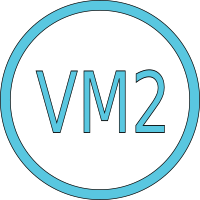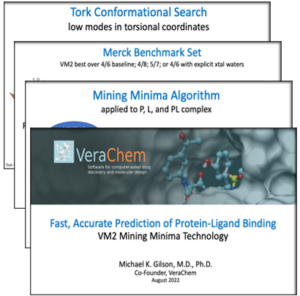VM2 receptor-ligand binding free energy results analysis using Chemical Computing Group’s MOE graphical user interface now available through the CCG SVL Exchange
VM2 users with access to Chemical Computing Group’s (CCG) Molecular Operating Environment (MOE) graphical interface can now analyze VM2 binding free energy results using a MOE SVL plugin. Download the VM2 MOE plugin from the CCG SVL Exchange.






